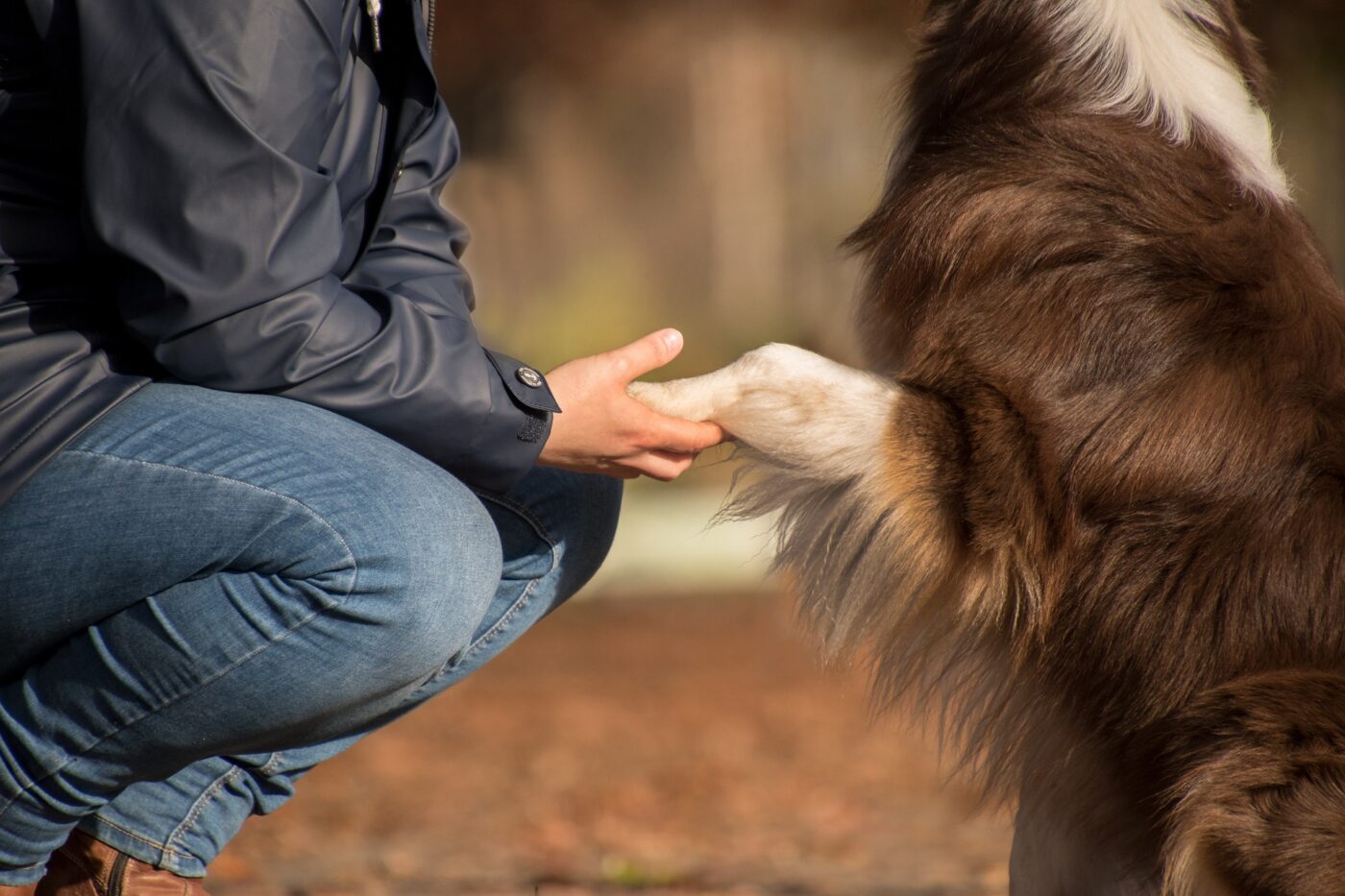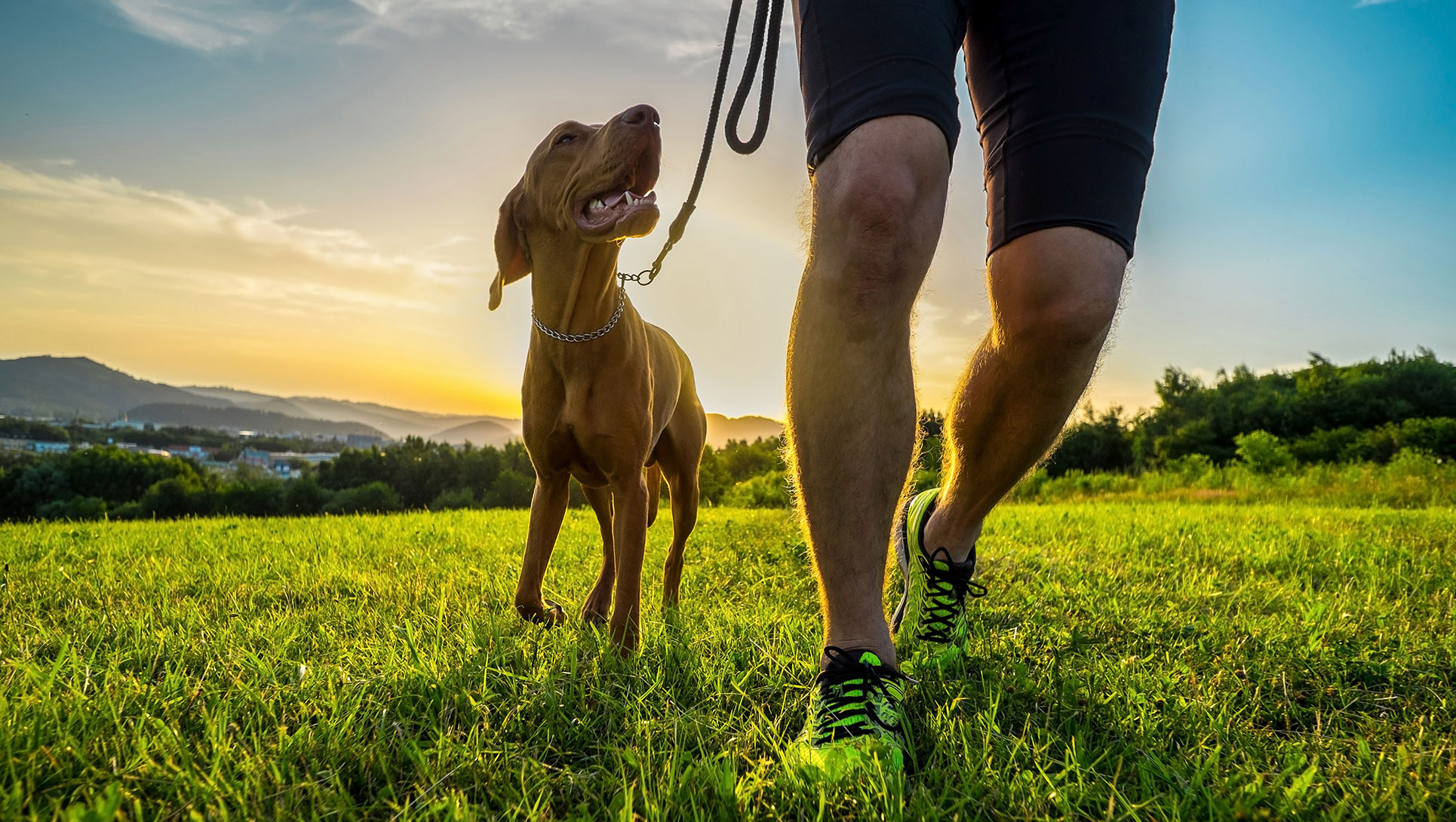Affordable and Professional Dog Training Rochester NY to Fit Your Needs
Wiki Article
Beginner's Guide to Successful Dog Training in the house
Successfully training a pet dog at home needs a nuanced understanding of canine behavior and reliable interaction methods. Developing clear training objectives, utilizing top notch benefits, and preserving uniformity throughout family members are essential aspects. Incorporating training into daily regimens can improve both engagement and retention.Recognizing Pet Habits
Recognizing pet dog behavior is essential for effective training and fostering a harmonious connection in between people and their canine friends - Puppy Training. Canines communicate primarily through body movement, vocalizations, and face expressions, making it critical for owners to translate these signals accurately. Recognizing actions such as tail wagging, grumbling, or cowering can give insights right into a pet dog's mood and purposesAdditionally, recognizing the all-natural reactions of dogs, such as their pack mentality, aids owners develop leadership functions within the household. This is essential for creating a structured environment where pets really feel secure and are more responsive to training. Canines are likewise influenced by their socialization experiences; early exposure to numerous atmospheres, people, and other pets can substantially shape their behavior later in life.
Typical behavior issues, such as aggressiveness, stress and anxiety, or extreme barking, typically originate from misunderstandings or unmet demands. Observing and resolving these issues without delay can stop acceleration and ensure a positive training experience. By promoting a deep understanding of canine habits, owners can tailor their training methods to fit their canine buddies, inevitably bring about a satisfied and well-behaved family pet.

Vital Educating Tools
A fully equipped training area can significantly enhance the efficiency of canine training at home. Essential training devices guarantee that both the pet dog and the trainer can participate in effective sessions that promote understanding and bonding.
Buying a durable chain and a comfy, well-fitting collar or harness is vital for safety and security and control. These tools help develop borders and make sure the canine remains safe throughout training. Additionally, a marked training area, totally free from distractions, help concentration for both the instructor and the canine.
Training aids such as training pads, cones, or agility equipment can likewise improve the experience by presenting selection and challenges. Last but not least, having a note pad or digital app for tracking development can be invaluable, permitting you to note successes and locations for improvement. Utilizing these necessary tools will certainly produce a positive training environment and lay the structure for efficient understanding.
Producing a Training Routine
Developing a constant training routine is important for efficient pet training in your home. A well-structured regular not only aids in strengthening wanted behaviors but additionally provides your pet dog with a complacency and predictability. To produce an efficient training routine, start by recognizing details training goals, look at this site such as standard commands, leash walking, or housebreaking.Choose an assigned time every day for training sessions, preferably when your pet is responsive and alert. Sessions ought to be short, roughly 5 to 15 minutes, to maintain emphasis and prevent exhaustion. Consistency in timing and atmosphere will improve your pet's learning experience.
Include training right into everyday tasks to enhance skills. For instance, technique commands during walks or mealtime, which incorporates discovering right into all-natural regimens. Furthermore, stay adaptable and adjust the routine as essential, accommodating your dog's energy levels and state of mind.
Favorable Support Methods

When applying favorable support, it is vital to pick benefits that are encouraging for your dog. High-value treats, such as little items of hen or cheese, can be especially efficient during training sessions. In addition, differing the incentives can keep your pet's interest and excitement.
Beginning with easy commands, like "sit" or "remain," and gradually development to a lot more complicated jobs. Uniformity is key; make sure that all household participants make use of the very same commands and incentive systems to stay clear of complication.
In addition, it a knockout post is important to stay patient and stay clear of aggravation. Pet dogs, like humans, learn at their very own pace. By cultivating an encouraging training atmosphere with positive reinforcement, you can boost your pet dog's discovering experience while strengthening the bond in between you and your hairy buddy, laying the groundwork for effective training results.
Usual Educating Obstacles
While training a canine at home can be a fulfilling experience, it frequently comes with a set of common obstacles that can check both persistence and uniformity. One widespread concern is diversion. Canines may end up being quickly averted by sounds, motions, or also scents in their environment, making it hard to maintain their emphasis during training sessions.Another obstacle is inconsistency in commands and support. If family participants use different cues or incentives, it can perplex the dog and hinder progress. Establishing a unified method is necessary for efficient communication.
In addition, pets can experience disappointment or tension, especially if they do not recognize what is anticipated of them. This can lead to unwanted behaviors, such as barking or eating.
Ultimately, the timing of support is crucial. Delayed incentives can diminish the performance of positive reinforcement, as pets might fail to link the habits with the incentive.
Getting over these challenges requires dedication, clear interaction, and an organized training plan - Puppy Training. Acknowledging and dealing with these common barriers will pave the method for an extra delightful and effective training experience at home
Verdict
Finally, effective pet dog training in the house demands a comprehensive understanding of canine habits and effective interaction methods. By developing clear training goals and making use of top notch treats together with positive support, the training procedure ends up being more satisfying for both the trainer and the pet. Patience, adaptability, and uniformity are important parts that help with discovering. Ultimately, integrating training into everyday routines enhances the bond between dog and owner, making the experience both satisfying and effective.
Developing a regular training regimen is vital for reliable pet dog training at home.Positive support techniques are basic to efficient pet training, promoting desired habits via benefits instead than penalty. By fostering a supportive training environment through favorable reinforcement, you can enhance your pet dog's learning experience while enhancing the bond in between you and your furry companion, laying the foundation for successful training end results.
In conclusion, successful pet check training at home requires a comprehensive understanding of canine actions and efficient interaction strategies. By establishing clear training goals and using premium treats alongside positive support, the training process becomes a lot more gratifying for both the instructor and the pet.
Report this wiki page